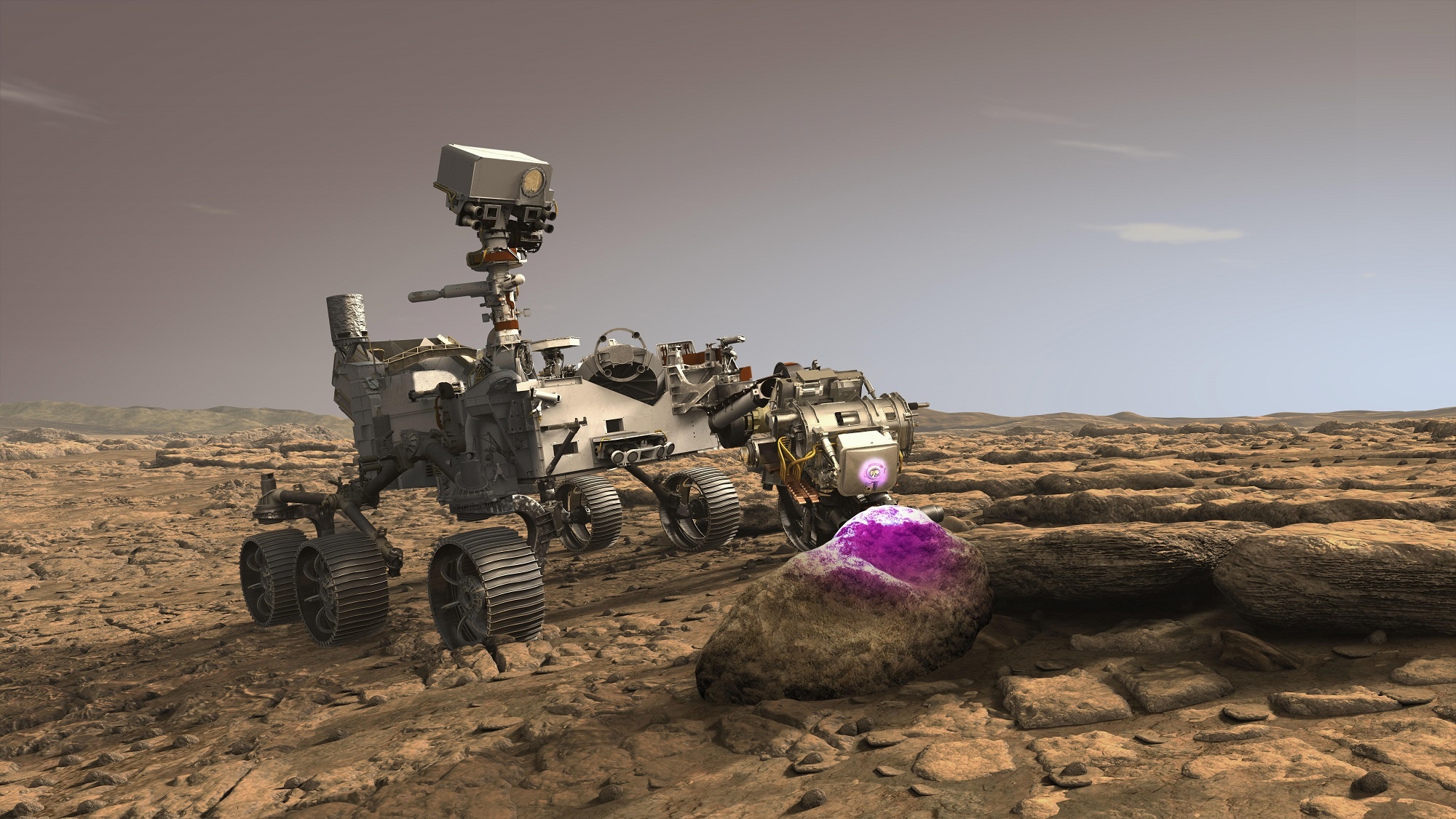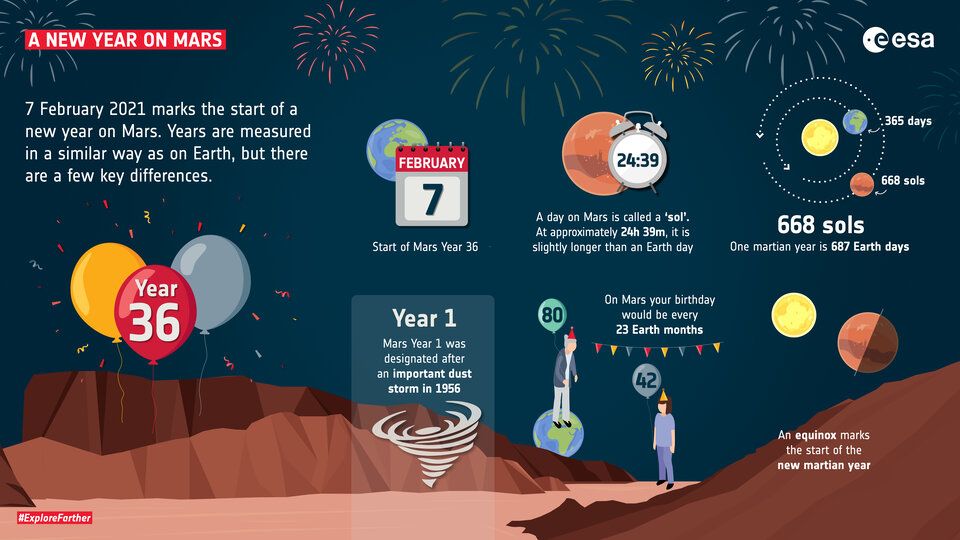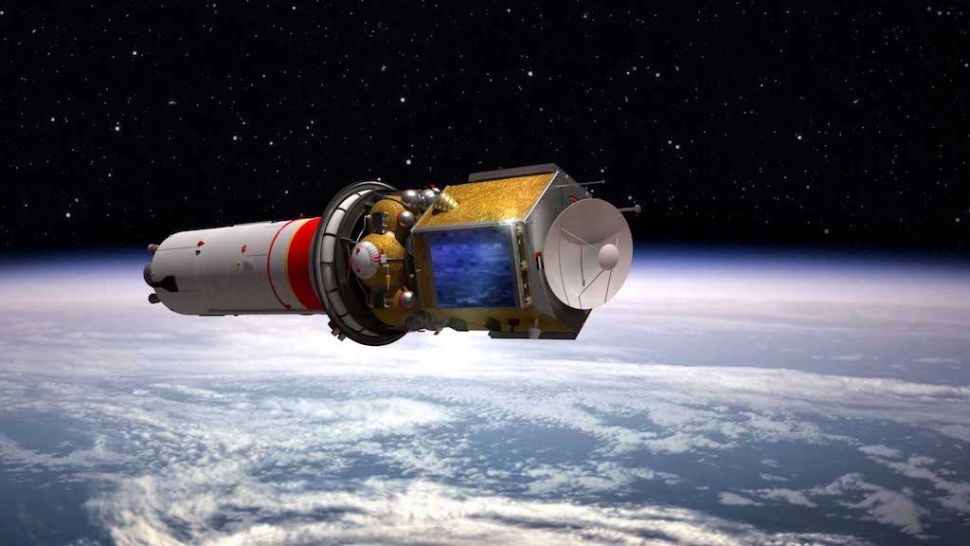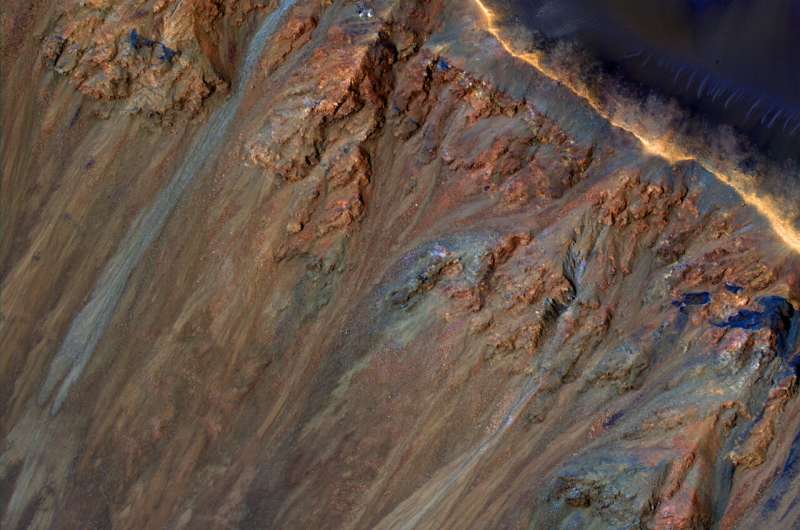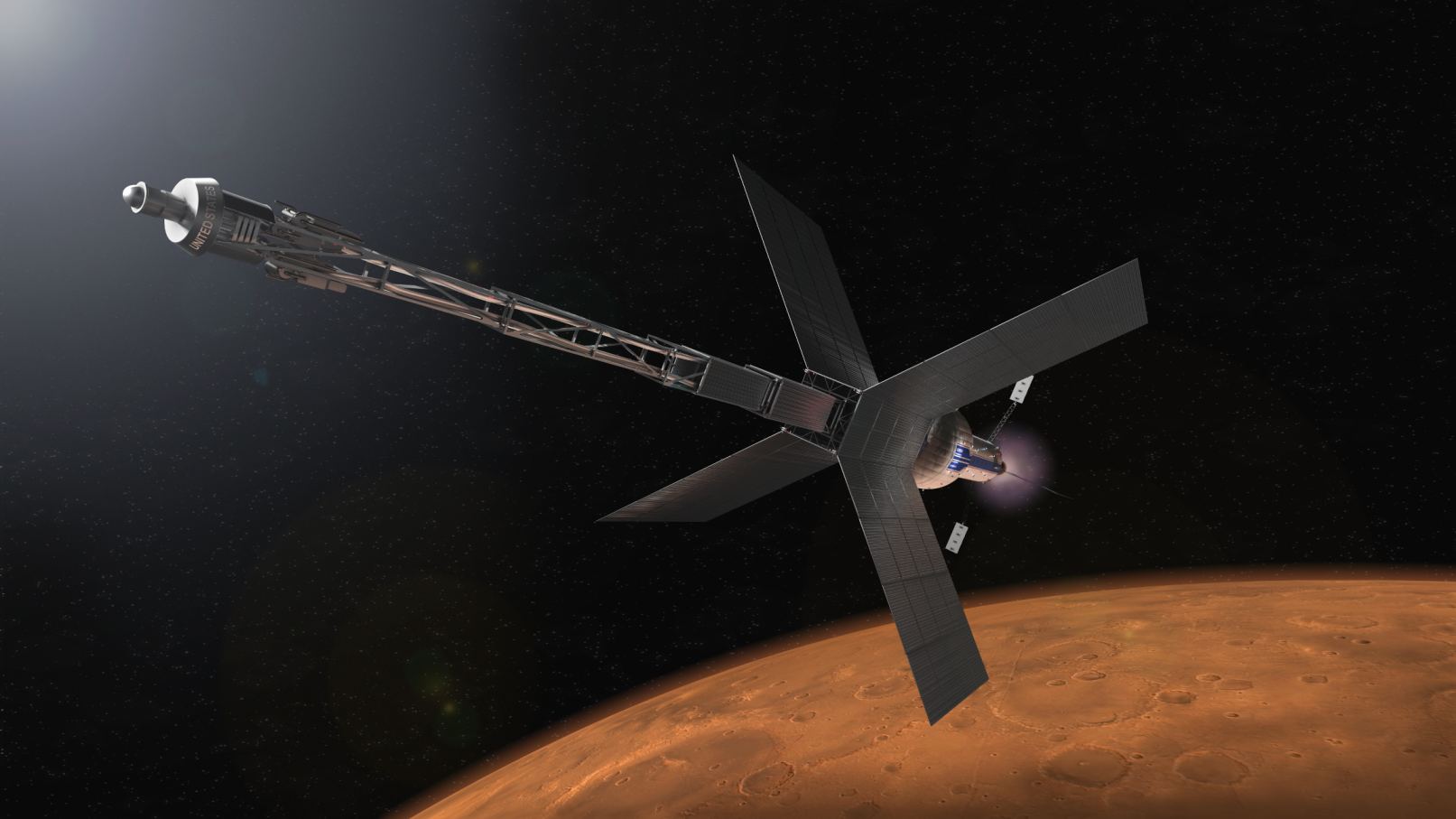In two days (on Thursday, Feb. 18th, 2021), NASA’s Perseverance rover will land on Mars. As the latest robotic mission in the Mars Exploration Program (MEP), Perseverance will follow in the footsteps of its sister mission, Curiosity. Just in time for its arrival, research conducted at the Southwest Research Institute (SwRI) has shown that Mars’ surface was shaped by flowing water several million years earlier than previously thought.
Continue reading “Water Shaped Features on Mars Much Earlier Than Previously Believed”A Combined Map of Almost 15,000 Dust Storms on Mars
Data in the world of astronomy is spread out in so many different places. There are archives for instruments on individual spacecraft and telescopes. Sometimes all that is needed to get new insight out of old data is to collect it all together and analyze a whole set rather than isolated instances. That is exactly what happened recently when a team from the Harvard Center for Astrophysics collected and analyzed data about almost 15,000 dust storms that have taken place on Mars over the last eight Martian years.
Continue reading “A Combined Map of Almost 15,000 Dust Storms on Mars”How Old is the Ice at Mars’ North Pole?
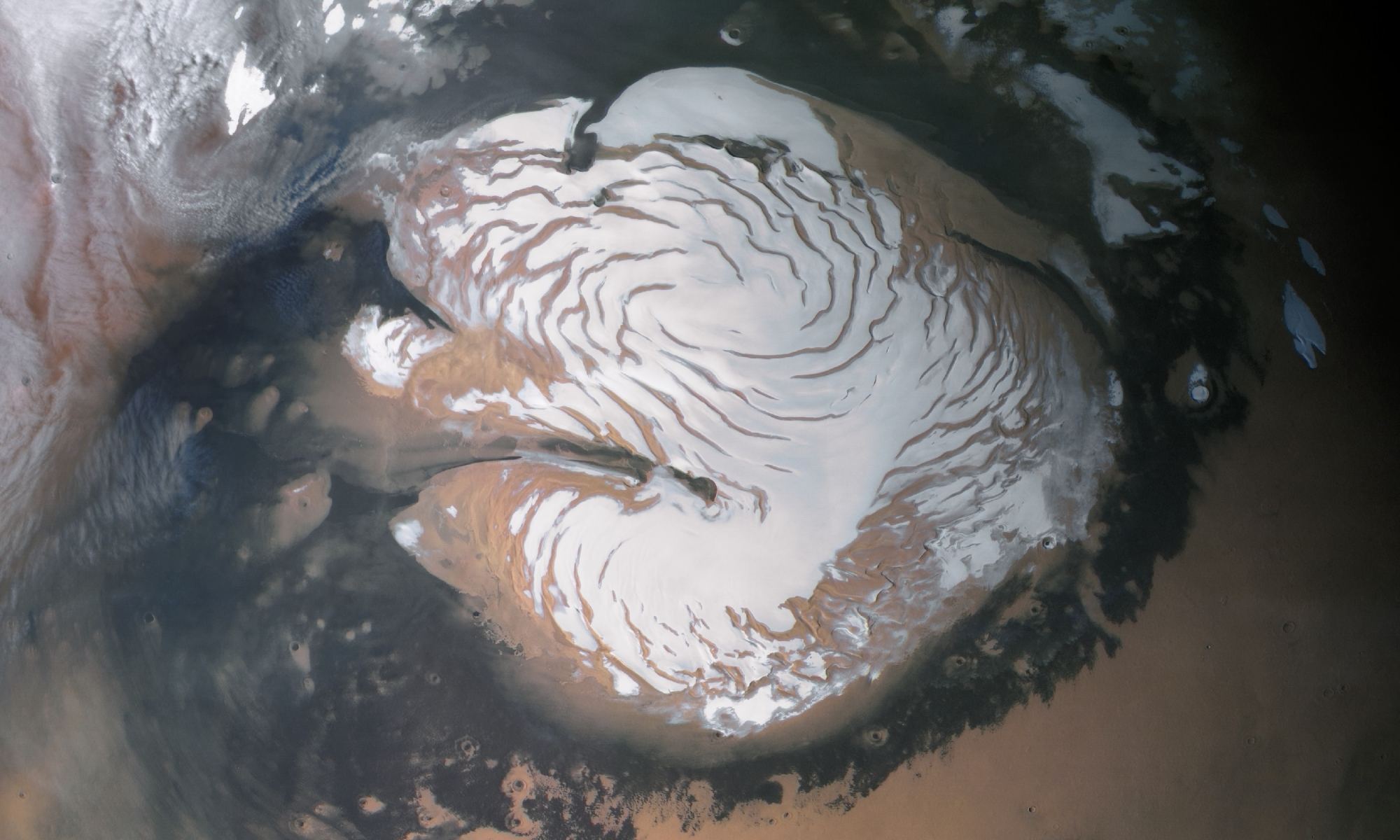
On Earth, the study of ice core samples is one of many methods scientists use to reconstruct the history of our past climate change. The same is true of Mars’ northern polar ice cap, which is made up of many layers of frozen water that have accumulated over eons. The study of these layers could provide scientists with a better understanding of how the Martian climate changed over time.
This remains a challenge since the only way we are able to study the Martian polar ice caps right now is from orbit. Luckily, a team of researchers from UC Boulder was able to use data obtained by the High-Resolution Imaging Science Experiment (HiRISE) aboard the Mars Reconnaissance Orbiter (MRO) to chart how the northern polar ice caps’ evolved over the past few million years.
Continue reading “How Old is the Ice at Mars’ North Pole?”Perseverance Will Make Sure it has a Safe Landing
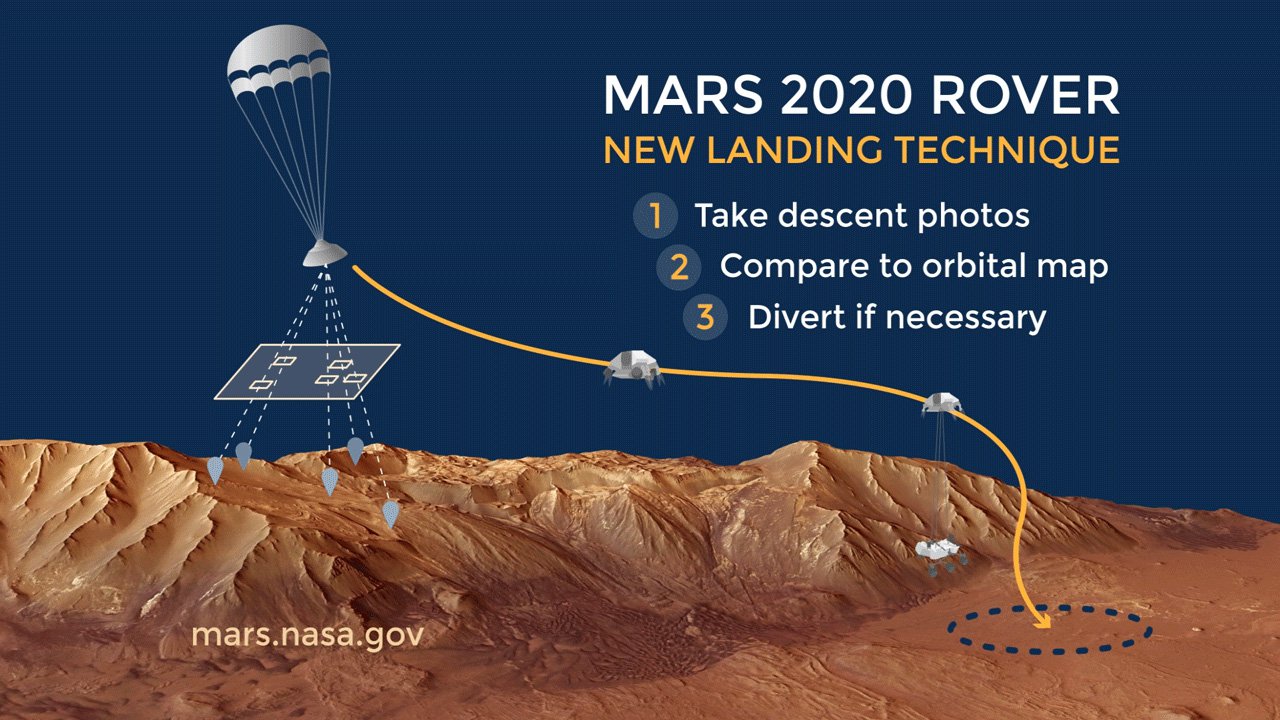
To casual observers, landing a rover on Mars can seem kind of like old news, believe it or not. Especially after all of NASA’s successes. But many are likely not aware of the so-called ‘Mars Curse.‘ The fact is, many of the spacecraft that attempt to land there fail and crash.
Next to run the gauntlet of the Mars Curse is NASA’s Perseverance rover. It’ll attempt its long-awaited landing at Jezero Crater on February 18th. The people at NASA have given the Perseverance rover some finely-tuned tools to get it to the Martian surface safely and to beat the Mars curse.
Continue reading “Perseverance Will Make Sure it has a Safe Landing”InSight is Going to Try and “Hear” Perseverance Land on Mars From 3,452 km Away
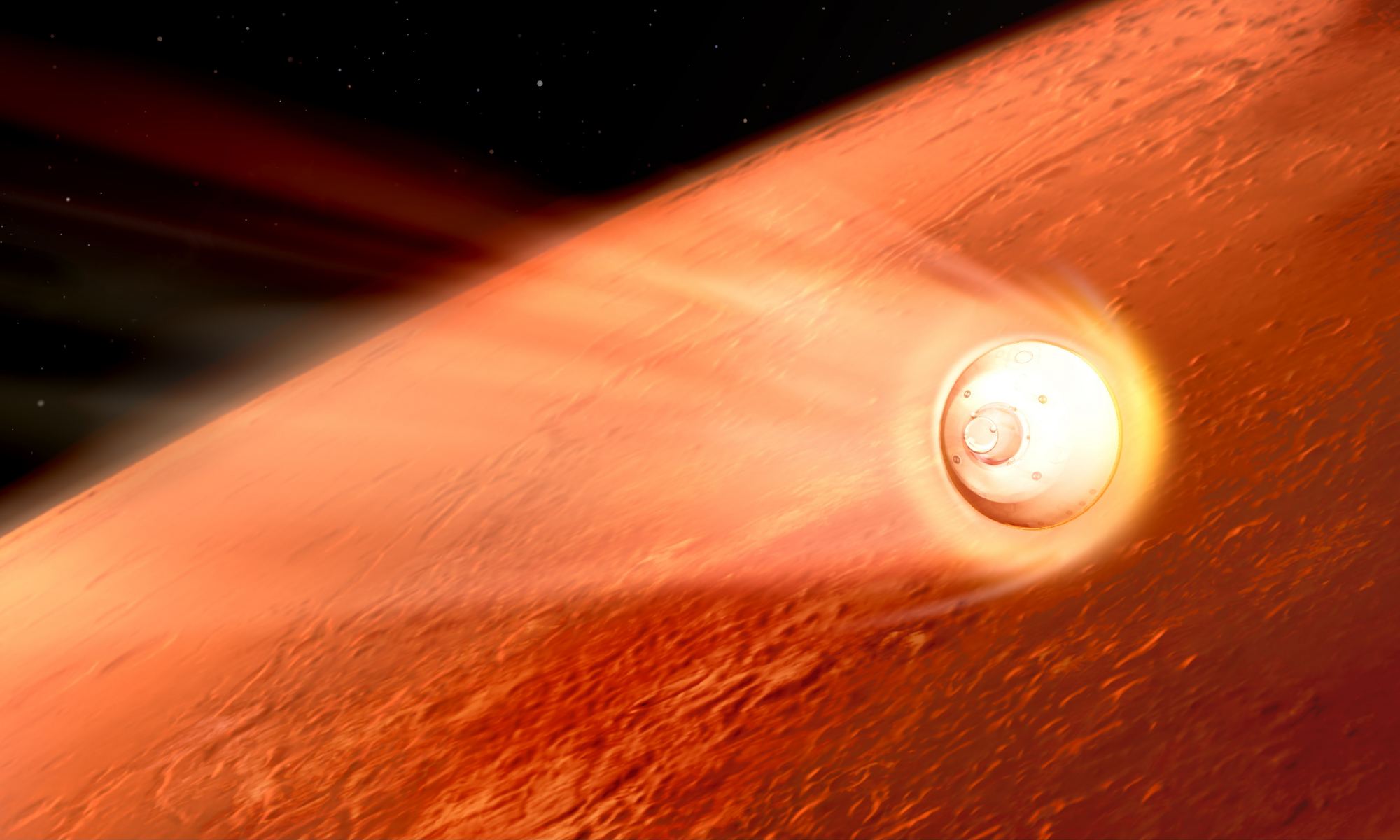
Now that the UAE’s Hope spacecraft and China’sTianwen-1 have successfully reached the Red Planet, next up is NASA’s Perseverance rover, set to land on February 18th.
Ten operational spacecraft are currently in orbit or on the surface of Mars, ready to welcome the new rover. But one spacecraft in particular, the InSight lander, will be listening closely for Perseverance’s dramatic entry, descent and landing – a.k.a. the Seven Minutes of Terror.
Continue reading “InSight is Going to Try and “Hear” Perseverance Land on Mars From 3,452 km Away”February 7th Was the Start of a New Year on Mars
Happy New Year – from Mars. It’s always mind expanding to think about the passage of time from other perspectives than the ones we are most familiar with. So let’s celebrate that our slightly colder red cousin completed another spin around the sun. The 36th Martian year began on February 7th, with a noticeable lack of fireworks or people singing Auld Lang Syne.
Continue reading “February 7th Was the Start of a New Year on Mars”Here’s the Best Place for Explorers to Harvest Martian Ice
Water ice, especially any located in the sub-surface, has long been a focal point of Mars exploration efforts. Reasons abound as to why – from the need to grow plants to the need to create more rocket fuel to blast off the planet for a round trip. Most of that effort has focused on the poles of the planet, where most of the water ice has been found.
Continue reading “Here’s the Best Place for Explorers to Harvest Martian Ice”Emirates Mars Mission Arrives at the Red Planet Today!
On July 19th, 2020, the Emirates Mars Mission (EMM) – aka. Al Amal (“Hope” in Arabic) – launched from the Tanegashima Space Center in Japan on its way to Mars. This mission, the first interplanetary effort to be mounted by an Arab nation, is being carried out by the Mohammed bin Rashid Space Centre (MBRSC) in the United Arab Emirates (UAE) in collaboration with a number of research institutions internationally.
Continue reading “Emirates Mars Mission Arrives at the Red Planet Today!”What’s Causing Those Landslides on Mars? Maybe Underground Salt and Melting Ice
Changes in Mar’s geography always attract significant scientific and even public attention. A hope for signs of liquid water (and therefore life) is likely one of the primary driving forces behind this interest. One particularly striking changing feature is the Recurring Slope Lineae (RSL) originally found by the Mars Reconnaissance Orbiter (MRO). Now, scientists at the SETI Institute have a modified theory for where those RSLs might develop – a combination of water ice and salt just under the Martian surface.
Continue reading “What’s Causing Those Landslides on Mars? Maybe Underground Salt and Melting Ice”Every Challenge Astronauts Will Face on a Flight to Mars
In 1972, the Space Race officially ended as NASA sent one last crew of astronauts to the surface of the Moon (Apollo 17). This was the brass ring that both the US and the Soviets were reaching for, the “Moonshot” that would determine who had supremacy in space. In the current age of renewed space exploration, the next great leap will clearly involve sending astronauts to Mars.
This will present many challenges that will need to be addressed in advance, many of which have to do with simply getting the astronauts there in one piece! These challenges were the subject of a presentation made by two Indian researchers at the SciTech Forum 2020, an annual event hosted by the International Academy of Astronautics (IAA), RUDN University, and the American Astronomical Society (AAS).
Continue reading “Every Challenge Astronauts Will Face on a Flight to Mars”
